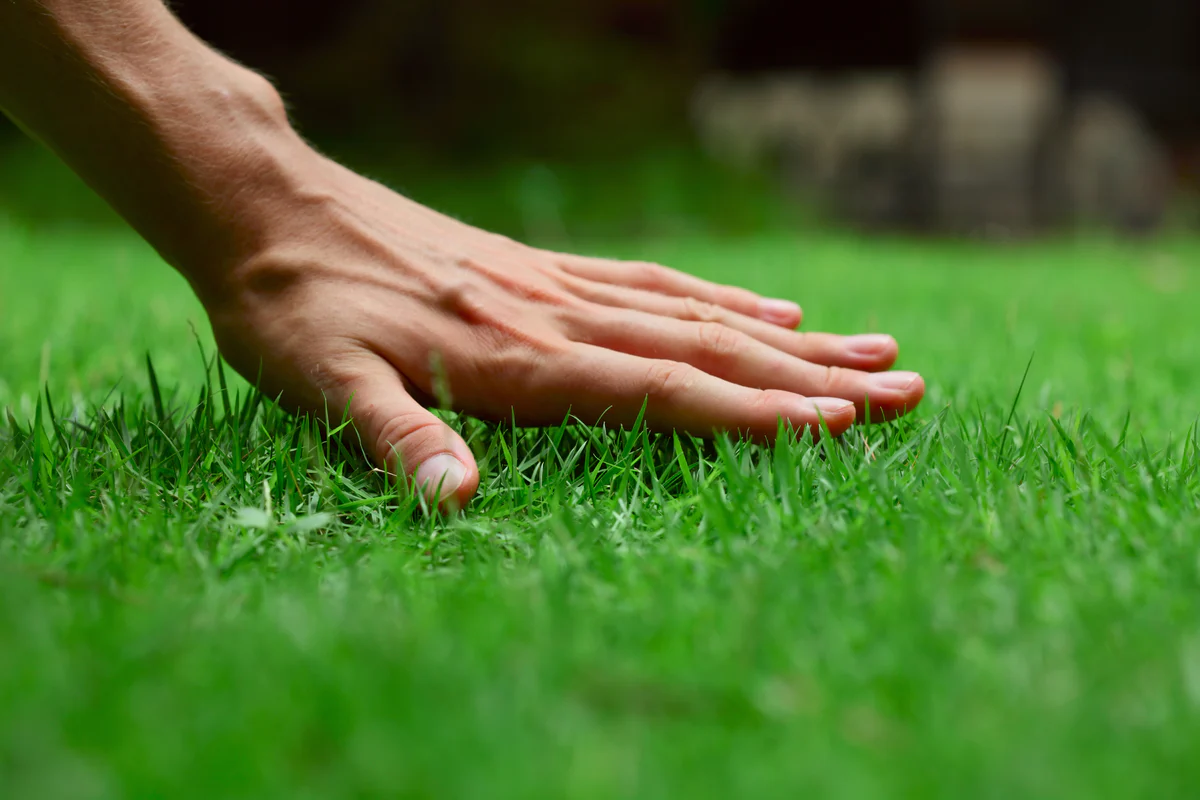Home / Key October Gardening Task for a 'Thicker, Greener, and Healthier' Lawn
Key October Gardening Task for a 'Thicker, Greener, and Healthier' Lawn

Key October Gardening Task for a ‘Thicker, Greener, and Healthier’ Lawn
October presents an ideal opportunity for lawn care, as the soil remains warm and moist, creating favorable conditions for some essential lawn renovations. Jamie Shipley, managing director and gardening expert at Hedges Direct, shares critical advice on how to achieve a pristine lawn for the upcoming spring season.
To begin with, Jamie suggests reducing the frequency of lawn mowing. During autumn, cutting the grass once a week is typically sufficient, but this can vary depending on weather conditions. Autumn rains may promote growth, requiring more frequent cuts. However, once winter sets in, mowing becomes less necessary as grass enters a dormant state. If mild weather persists and the grass continues to grow, a light trim with the mower may still be needed, according to *Express* reports.
Next, Jamie emphasizes the importance of applying grass seeds and fertiliser. October is a prime time for sowing grass seed due to the abundance of rain, which reduces the need for frequent watering, and the soil’s warmth. Fewer weeds and foraging birds also make this period advantageous. Fertilising in autumn helps strengthen the lawn, preparing it for the harsh winter months, and speeds up its recovery if damage occurs. Jamie advises applying an autumn-specific fertiliser to maintain a lawn that’s thicker, greener, and more resistant to diseases, while also preventing moss and weeds from taking hold.
Another essential task is the removal of dead leaves. These leaves can trap moisture on your lawn, increasing the risk of fungal diseases like snow mould, which can result in unsightly patches of dead grass. Jamie warns that these fungi can cause lasting damage if left unchecked.
Additionally, Jamie recommends scarifying the lawn before winter sets in. Scarification involves removing organic debris such as moss and thatch, which can block water and nutrients from reaching the grassroots. Neglecting this process can lead to a lawn that dries out, suffocating the turf. Autumn is an ideal time for scarifying, as long as it is done before temperatures drop too much, to avoid harming the lawn.
By following these steps, gardeners can ensure their lawns remain healthy, vibrant, and prepared to thrive once spring arrives.
 Lynda Shaw
Lynda Shaw 